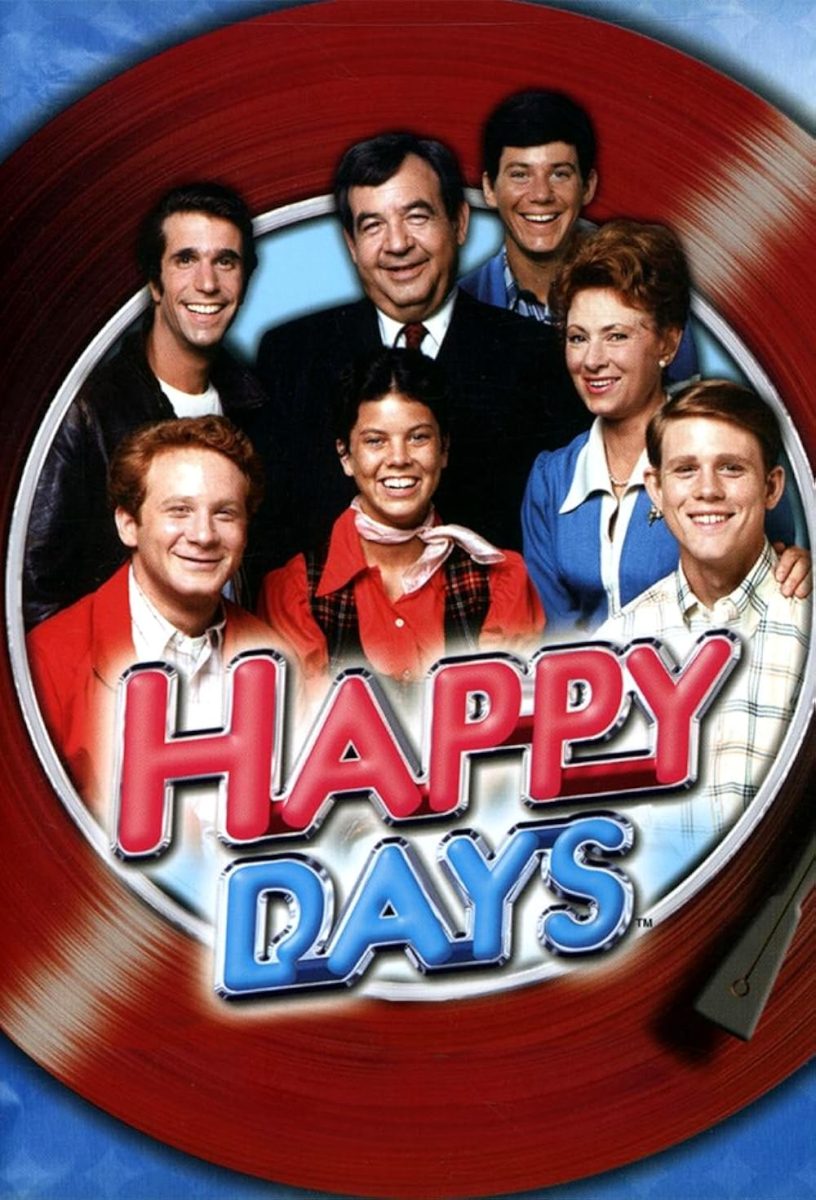Last semester, I asked my sustainable city planning class to close their eyes and visualize the typologies of five cradle-to-grave residences: birth residence, high school residence, current residence, parent’s residence, and oldest family member’s residence.
About 80% visualized at least two of the four basic residential typologies – single-family detached, single-family attached, small multi-family, and large multi-family (20+ units).

Yet, local zoning laws are almost exclusively tilted towards only one type – single-family detached. It’s common to find 80-90% of residential zoning dedicated to the most expensive and land-consumptive typology.
Unsuspectingly, my students demonstrated two profound points: equitable housing choices are a basic need in life, and ignoring zoning reform will be done at the peril of your community’s prosperity.
Just ask The Fonz! The iconic leather-jacketed uber-cool greaser of ABC’s Happy Days sitcom from my 70s childhood. Long before today’s demographic and economic shifts necessitated rethinking our love affair with single-family zoning – delayed marriages, lower birth rates, elderly adults soon outnumbering children, rising single-person households – Fonzie was making zoning reform cool.
He lived in a small accessory dwelling unit (ADU) above the Cunningham family’s garage subordinate to their primary residence. Lending to his coolness, it was illegal. But it offset Mr. and Mrs. C’s mortgage costs and gave suburbia a housing choice for working-class mechanics it didn’t have otherwise. The property not only posed theatrically as a quintessential 1950s suburb but as a bellwether for today’s zoning reform front lines.

The fact that it is still illegal in most of America should come as no surprise. What may surprise you is the juice this idea is gaining in city halls and capitals to address critical shortfalls in housing. California, Oregon, Washington, Connecticut, and Maine have led state-enabling acts for ADUs and prohibit local bans. Others as big as Texas are very close. Some cities like Minneapolis and Alexandria, Virginia have monumentally done away with single-family zoning altogether.
While ADU zoning is decidedly a local matter, housing supply is of mutual interest to states and locals. Cooperative state legislation has shown it can provide political cover to local governments prone to the weight of NIMBY (Not In My Backyard) proselytizing. As Cincinnati’s Mayor, Aftab Pureval puts it, “The third rail of local politics is zoning”.
In Kansas, legislators and mayors should be aware that easing up on zoning to allow small and multi-family units garnered astonishing support in the statewide Kansas Speaks survey last year – 44% favored vs. 14% against. This is not true everywhere like Prairie Village.

However, Topeka is the latest of a few Kansas municipalities to go down the zoning reform path with ADUs. As they mull a proposal to open 100% of their residential zoning to ADUs under certain conditions, its significance should not be understated; if only 5% of the newly opened areas contained ADUs, around 2,500 units would be created or 30% of their 20-year multi-family demand. Other benefits – aging in place, multigenerational living, and passive income for homeowners – are no less significant.
ADUs are not a silver bullet. Addressing other zoning barriers for live-work units, “missing middle” typologies (duplexes, triplexes, townhomes, small apartments), transit-oriented development, minimum lot sizes, density caps, and parking mandates are complimentary.
But wouldn’t it be cool if openness to naturally occurring affordable housing is closer in reach with the stroke of a pen and some new map colors than a tax dollar?
Heeey!

Bill Fiander
Bill Fiander is a former planning and zoning director for the City of Topeka and presently a university lecturer on topics and courses in public administration.




